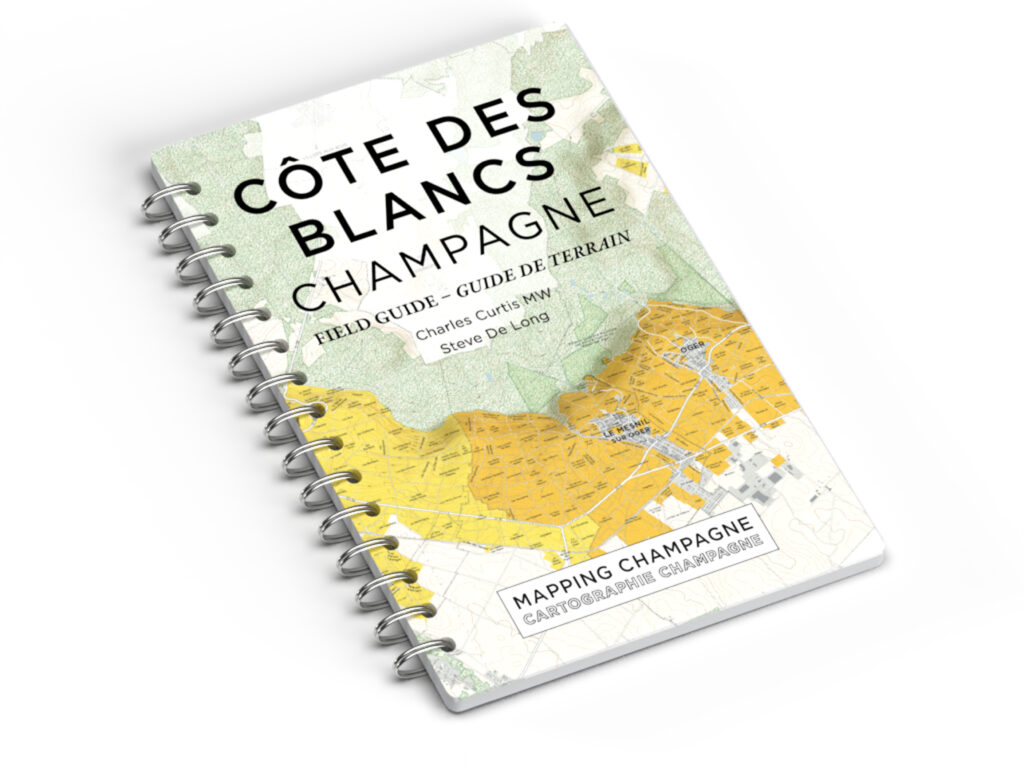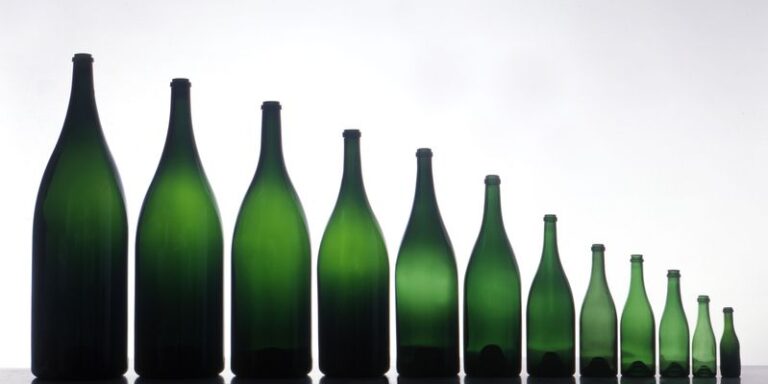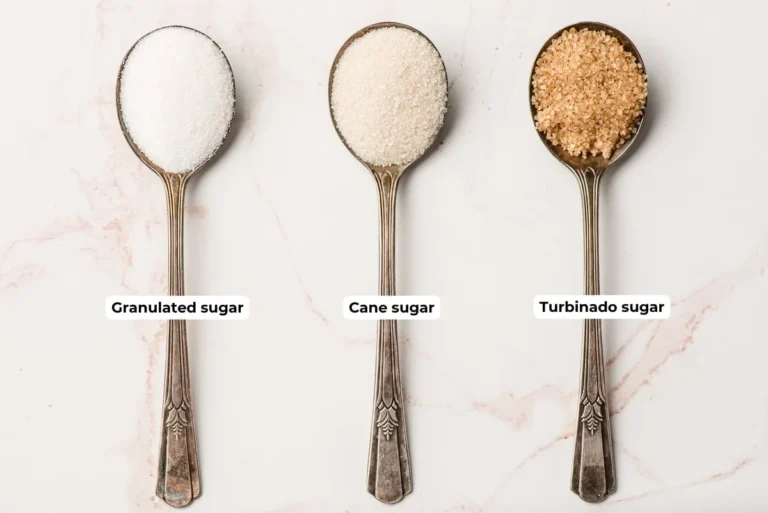Blanc de Blanc Champagne represents a prestigious and distinct category within the sparkling wine world, exclusively originating from Chardonnay grapes in the Champagne region of France. This specialty is synonymous with elegance and purity. [read the full champagne story]
Estimated reading time: 8 minutes

Understanding Blanc de Blanc Champagne
Definition and Origin
Blanc de Blanc Champagne, meaning “white from whites” in French, is a style of Champagne made entirely from white grapes, specifically Chardonnay. Your exploration of this effervescent drink begins in the northeastern part of France, where the Champagne region lies. The appellation itself dictates stringent production methods, ensuring that Blanc de Blanc Champagne maintains its exclusive status.
Champagne vs. Sparkling Wine
Understanding the difference between Champagne and other sparkling wines is crucial. Champagne can only hail from the Champagne region and must adhere to rigorous appellation laws. In contrast, sparkling wine refers to any carbonated wine from around the world and can be made from a variety of grapes and regions.
Grape Varieties and Terroir
The sole grape variety used in Blanc de Blanc Champagne is Chardonnay. This varietal thrives in the unique terroir of the Champagne region, which imparts distinctive qualities to the wine.
Consider the Côte des Blancs, a subregion of Champagne celebrated for its Chardonnay vineyards. Here, the chalky soils and climate interplay, resulting in grapes that yield Champagnes with celebrated finesse and aging potential. The vineyards receive meticulous care to ensure the highest standard of Blanc de Blanc Champagne reaches your glass.
Production and Characteristics
Blanc de Blancs Champagne is distinct because it is exclusively from white grapes, which impart specific taste notes and acidity levels to the final product.
Winemaking Process
Your understanding of Blanc de Blancs starts with the winemaking process. The méthode champenoise is employed, a traditional method where secondary fermentation occurs in the bottle. It’s a meticulous process that involves:
- Initial fermentation: Similar to still wine production.
- Blending: Occasionally blending wines from different years for a non-vintage champagne.
- Bottling with yeast and sugar: To initiate secondary fermentation.
- Aging on lees: The champagne develops complex, yeasty flavors from long-term contact with dead yeast cells.
- Riddling: Bottles are turned regularly to collect yeast sediments near the cork.
- Disgorging and dosage: Removal of sediments followed by the addition of ‘liqueur d’expédition’ for sweetness balance.
Taste Profile and Aromas
When you sip Blanc de Blancs, you should notice a taste profile marked by:
- Citrus: Notes of lemon and sometimes grapefruit.
- Green apple: A crisp freshness on the palate.
- White flowers: Delicate floral aromas enhancing elegance.
- Minerality: A chalky or flinty quality, often from the region’s limestone soils.
Aromas can range from the freshness of citrus and green apple to complex layers of brioche and yeasty notes, especially with age.
Role of Acidity and Mineralogy
The acidic backbone is a hallmark of Blanc de Blancs, vital for its structure and aging potential. It exhibits:
- Bright acidity: A zing that gives Champagne its refreshing quality.
- Chalky texture: Reminiscent of the chalk soils of Champagne’s Côte des Blancs.
- Balance with mineralogy: The interplay between acidity and the wine’s minerality contributes to a long, clean finish, often described as elegant and refined.
Your appreciation for Blanc de Blancs Champagne grows with every sip, as the layers of flavor complexity and textural nuance unfold.
Classification and Labels
When you select a bottle of Blanc de Blanc champagne, you’ll encounter various classifications and labels indicating its sweetness, vintage, and vineyard quality. Understanding these categories will enhance your selection process.
Understanding Dosage and Sweetness Levels
Dosage refers to the amount of liqueur d’expédition added after the second fermentation of champagne, which determines the sweetness of the final product. Blanc de Blancs, made exclusively from white grapes, typically Chardonnay, can range from very dry to sweet. The table below summarizes the common terms you’ll find on champagne labels that indicate dosage and sweetness levels:
| Term | Dosage (Grams of Sugar per Liter) | Level of Sweetness |
|---|---|---|
| Brut Nature | 0-3 g/L | Bone Dry |
| Extra Brut | 0-6 g/L | Very Dry |
| Brut | 0-12 g/L | Dry |
| Extra Dry | 12-17 g/L | Slightly Sweet |
| Dry (Sec) | 17-32 g/L | Noticeably Sweet |
| Demi-Sec | 32-50 g/L | Sweet |
| Doux | 50+ g/L | Very Sweet |
Vintage vs. Non-Vintage Blanc de Blancs
A vintage Blanc de Blancs means the champagne is produced from grapes harvested in a single year, noted on the label, and is generally aged longer, allowing for a more complex flavor profile. Non-vintage, on the other hand, blends grapes from multiple years, ensuring a consistent house style across different production years. Non-vintage champagnes are aged for a shorter period, typically at least 15 months, while vintage bottles require at least 3 years of aging.
Grand Cru and Premier Cru Designations
The labels Grand Cru and Premier Cru indicate the quality of the vineyard from which the grapes are sourced. Grand Cru denotes the highest level, with grapes sourced from the best-ranked villages in the Champagne region, whereas Premier Cru is the subsequent classification, signaling high but not the absolute top quality terroirs. These designations are usually a mark of excellence and reflect in the complexity and character of your Blanc de Blancs champagne.
Culinary Pairing Suggestions
The crisp acidity and delicate bubbles of Blanc de Blanc Champagne make it a versatile partner for a variety of dishes. Understanding how its flavors complement specific foods can elevate your dining experience.
Seafood and Blanc de Blanc Champagne
Oysters: The minerality of Blanc de Blancs echoes the briny freshness of oysters, creating a harmonious match.
- Lobster: The subtle sweetness of lobster meat is enhanced by the Champagne’s effervescence and citrus notes.
- Sushi: With sushi, especially pieces featuring delicate fish, Blanc de Blancs cuts through the richness without overpowering the flavors.
- Caviar: The saltiness of caviar is counterbalanced by the wine’s bright acidity.
| Seafood | Why It Pairs Well |
|---|---|
| Shellfish | Complements the light, fresh taste with its crispness. |
| Fish | High acidity of the Champagne refreshes the palate. |
Optimal Food Pairings for Blanc de Blancs
- Salads: The zesty character of Blanc de Blancs complements salads, particularly those with a citrus dressing.
- Poultry: The wine’s crispness compliments lighter poultry dishes, providing a palate-cleansing effect.
- Pasta Dishes: Creamy pasta dishes are balanced by the acidity and effervescence of the Champagne.
| Food Type | Suggested Pairing |
|---|---|
| Light Appetizers | Enhances the taste without overshadowing the main flavors. |
| Shellfish | The wine’s vibrancy matches the delicacy of the dishes. |
Cheese and Champagne
- Aged Cheese: Bold, nutty flavors of aged cheese are mellowed by the Champagne’s freshness.
- Goat Cheese: The tang of goat cheese is softened by the bubbly’s creaminess.
| Cheese Type | Pairing Note |
|---|---|
| Aged Cheese | Champagne’s acidity cuts through the cheese’s richness. |
| Goat Cheese | The effervescent texture complements the cheese’s softness. |
Serving and Enjoyment
To ensure the optimal enjoyment of Blanc de blanc champagne, pay close attention to the serving temperature and presentation.
Proper Serving Temperatures
Blanc de blanc champagne is best enjoyed when served chilled to a temperature range of 45-50 degrees Fahrenheit (7-10 degrees Celsius). Serving at this temperature amplifies the delicate aromas and preserves the effervescence. Using a champagne bucket filled with one-third ice and water for about 30 minutes before serving will achieve the desired chill.
Glassware and Presentation
Serve Blanc de blanc in tulip-shaped champagne flutes to enhance the olfactory pleasure while preserving the bubbles and maintaining the ideal temperature. A proper presentation elevates the experience:
- Present the bottle in a polished silver bucket with a clean linen napkin.
- Pour slowly to avoid frothing over. Aim for about two-thirds full to allow aromas to expand.
- Hold the flute by the stem to prevent warming from your hand.
Occasions and Celebrations
Blanc de blanc champagne suits various events, particularly as an aperitif or during intimate gatherings:
- As an Aperitif: Start the evening with a flute of Blanc de blanc, which can stimulate the appetite. Pair it with light canapés like bruschetta to echo its crispness.
- Intimate Gatherings: During smaller events, let the champagne flow alongside a selection of hors d’oeuvres. Consult a sommelier to discover food pairings that highlight the wine’s qualities.
Prominent Champagne Houses and Brands
When exploring Blanc de Blanc Champagne, you’ll encounter historic houses with longstanding reputations, as well as innovative, boutique winemakers carving new paths for this beloved wine variety.
Historic and Prestigious Producers
- Salon: Renowned for its exclusivity, Salon releases champagne only in exceptional years, making their Blanc de Blancs sought-after by connoisseurs.
- Mumm: Boasting a rich history, Mumm includes a fine range of champagnes and is known for its consistent quality.
Frequently Asked Questions
When exploring Blanc de Blanc Champagne, you will discover its unique characteristics and prestige within the world of sparkling wines. This section addresses specific queries related to its flavor, comparisons with other champagnes and sparkling wines, and notable brands.
What is the typical flavor profile of Blanc de Blanc Champagne?
Blanc de Blanc Champagne typically exhibits a crisp and delicate flavor profile. You can expect notes of green apple, lemon, white flowers, and sometimes a minerality that reflects the chalky soils of the Champagne region.
How does Blanc de Blanc Champagne differ from Brut?
Blanc de Blanc is a style of Champagne made exclusively from white grapes, usually Chardonnay, while Brut refers to the dryness level of Champagne. Blanc de Blanc can be Brut, meaning it’s dry with low sugar levels, but not all Brut Champagne is Blanc de Blanc.
What are some renowned brands that produce Blanc de Blanc Champagne?
Notable producers of Blanc de Blanc Champagne include Ruinart, Salon, and Taittinger, among others. These brands are celebrated for their sophisticated and high-quality Blanc de Blanc offerings.
Can Blanc de Blanc Champagne be characterized as sweet or dry?
Blanc de Blanc Champagne is typically characterized as dry, with a low sugar content after the fermentation process. However, the exact sweetness can vary depending on the specific cuvée and the winemaker’s style.
In comparison to Blanc de Noir, what are the distinctive characteristics of Blanc de Blanc Champagne?
Blanc de Blanc Champagne, made solely from white grapes, usually has a lighter, more delicate profile compared to Blanc de Noir, which is made from red grapes, often Pinot Noir and/or Pinot Meunier, and presents a fuller body and richer palate.
What distinguishes Blanc de Blanc Champagne from Prosecco?
Blanc de Blanc Champagne is produced in the Champagne region of France using the traditional method with a specific grape variety, while Prosecco is an Italian sparkling wine made primarily from Glera grapes using the tank method, which results in lighter, fruitier flavors.





